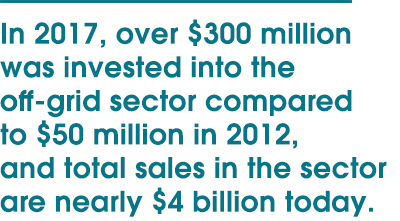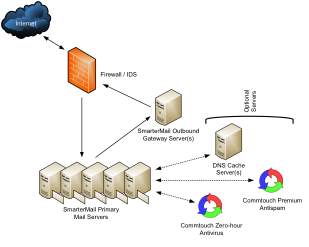The Four Ways to Collaborate shows, that there are four fundamental methods of joint effort: a shut and various leveled network (a tip-top circle), an open and progressive organization (a development shopping center), an open and level organization (an advancement local area), and a shut and level organization (a consortium) click bere .
The Four Ways to Collaborate
There are two fundamental issues that chiefs ought to consider while choosing how to team up on guaranteed.
While sorting out which mode is generally suitable for a given advancement drive, a firm ought to consider the compromises of each, gauging the modes’ benefits against the related difficulties and surveying the hierarchical capacities, construction, and resources expected to deal with those difficulties. Its chiefs ought to then pick the model that best suits the company’s technique.
The most effective method to Choose the Best Mode of Collaboration
While choosing a method of cooperative advancement, chiefs need to consider the unmistakable key compromises.

Open or Closed Network?
The expenses of looking for, screening, and choosing patrons to develop as the organization increases and can become restrictive. So understanding when you want a little or countless issue solvers is significant. Shut modes will quite often be a lot more modest than open ones.
Whenever you utilize a shut mode, you are making two certain wagers: that you have recognized the information area from which the best answer for your concern will come, and that you can pick the right associates in that field. Alessi, an Italian organization renowned for the postmodern plan of its home items, bet that postmodern design would be a productive space for creating fascinating item thoughts and that it could track down the best individuals in that field to work with. It welcomed 200 or more teammates from that space to propose item plans. If you don’t have the foggiest idea where to search for arrangements or who the central participants are (and have no real way to find out).
The huge benefit of an open organization is its capability to draw in a very enormous number of issue solvers and, thus, countless thoughts. You don’t have to recognize either the best information spaces or the most proper specialists in those areas. It resembles arranging an open local party: You simply spread the word about it you are hosting a gathering and give the right incitements, and (you trust) the perfect individuals will make an appearance.
With open support, you don’t have to know your patrons. Without a doubt, the way that you don’t realize them can be especially significant; intriguing imaginative arrangements can emerge out of individuals or associations you could never have envisioned had something to contribute. That is the idea driving Threadless.com, a generally online retailer of T-shirts, whose plans come from the majority. By working in a development shopping center where 600,000 individuals present propositions for around 800 new plans week by week, Threadless gets a consistent progression of uncommon and particular thoughts.
Open modes, be that as it may, have their detriments. Quite, they’re not so successful as shut approaches in distinguishing and drawing in the best players. That is because as the quantity of members expands, the probability that a member’s answer will be chosen diminishes. The best gatherings, in this manner, really like to partake in shut connections. Open modes work best when the spread between the ideal arrangement and the typical arrangement isn’t enormous and the outcomes of passing up a vastly improved arrangement from a world-class player are little.






